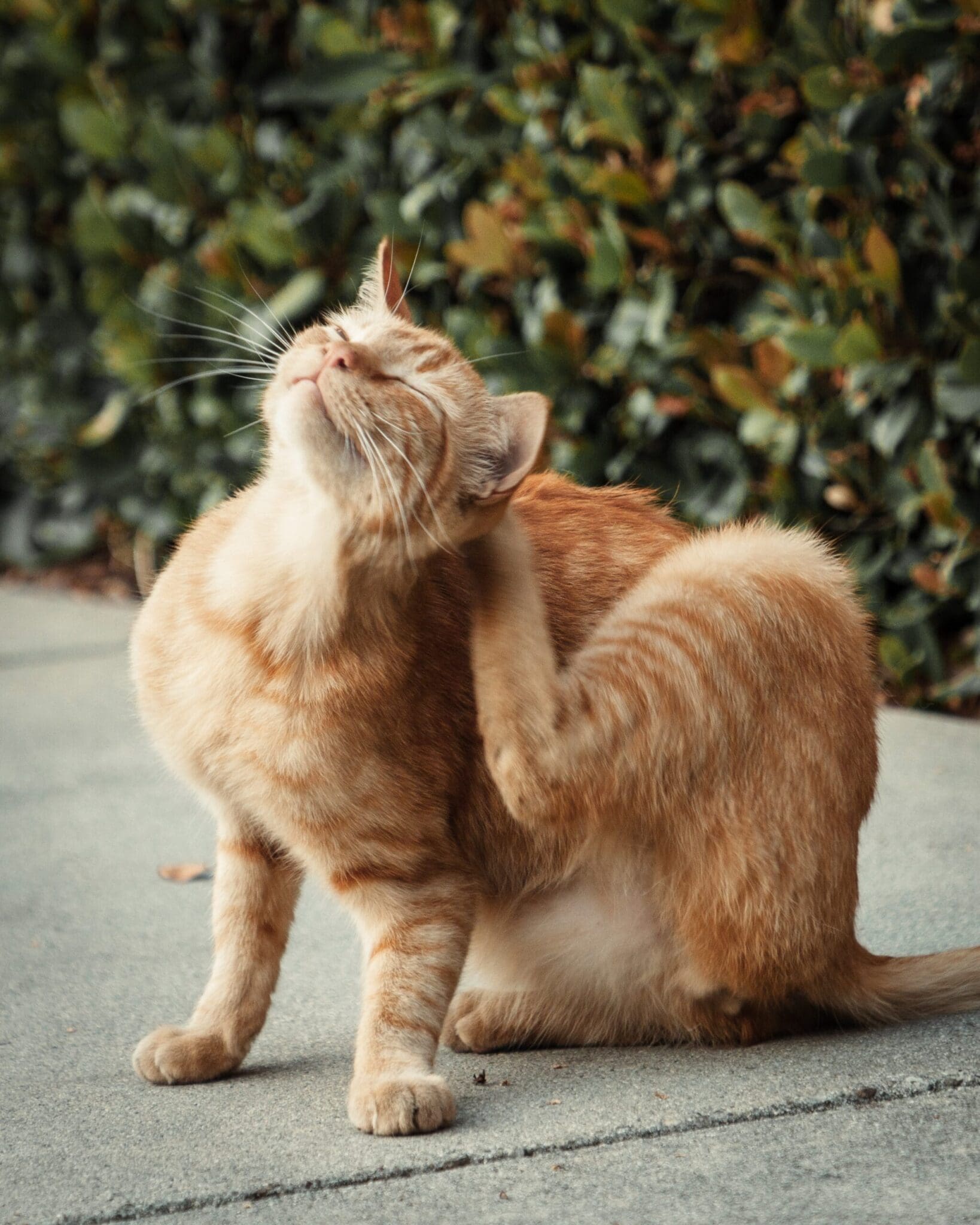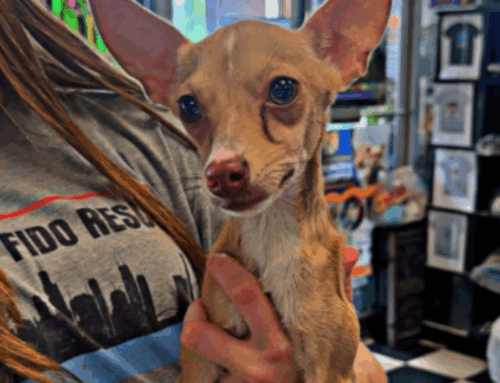Author:
Gloria Lissner
Category:
Declawing: Understanding the Detrimental Effects on Cats Well-being

As individuals who share our lives with feline companions, it is crucial to consider the welfare of our beloved cats. In recent years, declawing has come under intense scrutiny due to its inherent cruelty and the detrimental physical and mental impact it has on cats. In this blog post, we will delve into the reasons why declawing should be avoided and shed light on the inhumane nature of this practice.
-
Inherent cruelty: Declawing involves the amputation of a cat’s claws, which is a painful and invasive procedure. Imagine having the tips of your fingers or toes removed; it would undoubtedly cause immense pain and distress. Cats are sentient beings who experience pain and suffering, and subjecting them to such a procedure is inherently cruel.
-
Loss of natural behavior: Cats rely on their claws for numerous essential activities, such as climbing, scratching, and hunting. These behaviors are deeply ingrained in their nature and serve both physical and psychological purposes. Declawing denies cats the opportunity to engage in their instinctive behaviors, leading to frustration, confusion, and a diminished quality of life.
-
Negative physical consequences: Declawing is not simply the removal of the claw; it involves the amputation of the last bone of each toe. This can result in chronic pain, balance issues, and altered gait, as well as an increased risk of long-term joint problems. Inflicted with pain and discomfort, declawed cats may develop defensive aggression as a result of feeling vulnerable and defenseless.
-
Behavioral issues: Declawed cats may develop a range of behavioral problems as a result of the physical and psychological trauma they experience. They may exhibit increased aggression, inappropriate elimination outside the litter box, and heightened levels of stress and anxiety. These behavioral issues can strain the bond between humans and cats and significantly impact the cat’s overall well-being.
-
Alternatives to declawing: Instead of declawing, there are humane alternatives available to address unwanted scratching behavior. Regular nail trimming, providing suitable scratching posts, using deterrents like double-sided tape or citrus scents on furniture, and employing positive reinforcement training techniques can help redirect a cat’s scratching habits without causing harm.
Declawing is a cruel and unnecessary procedure that causes immense physical and psychological suffering to cats. As compassionate individuals, it is our duty to prioritize the well-being and happiness of our feline companions. By choosing alternatives to declawing and promoting education and awareness, we can ensure that cats can live fulfilling lives with their natural behaviors intact, free from unnecessary pain and distress.





